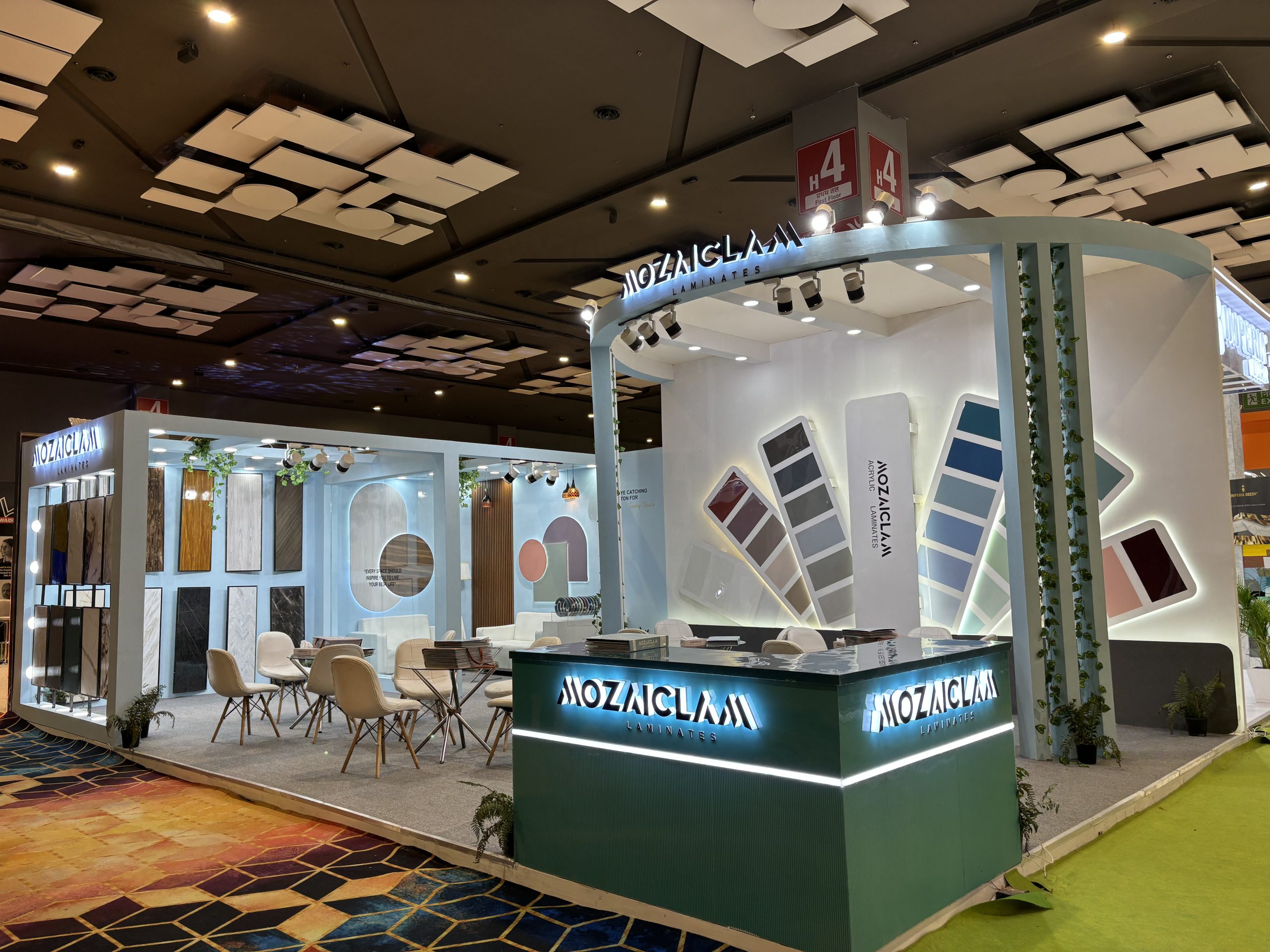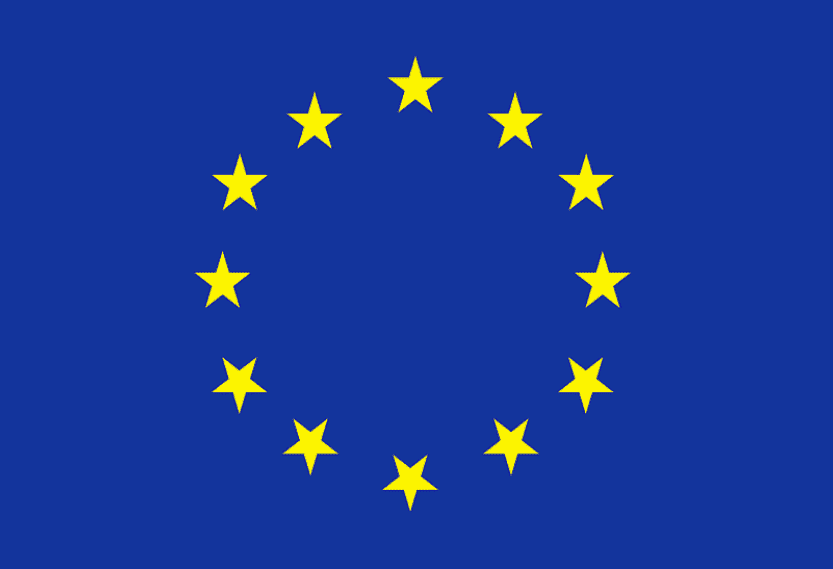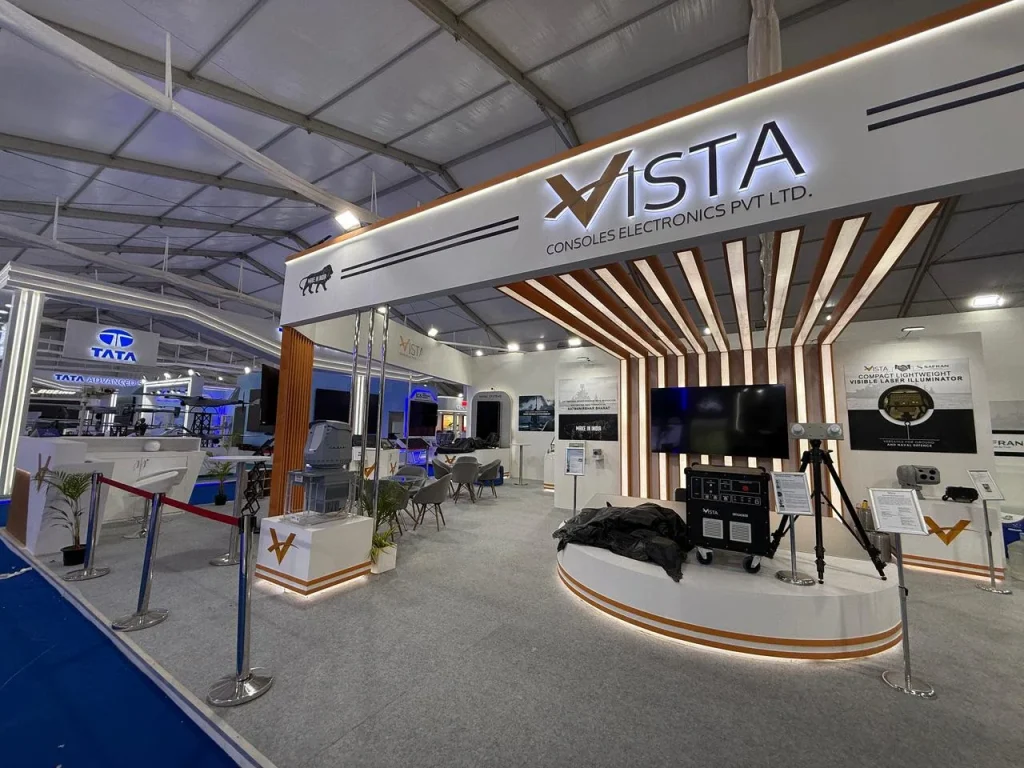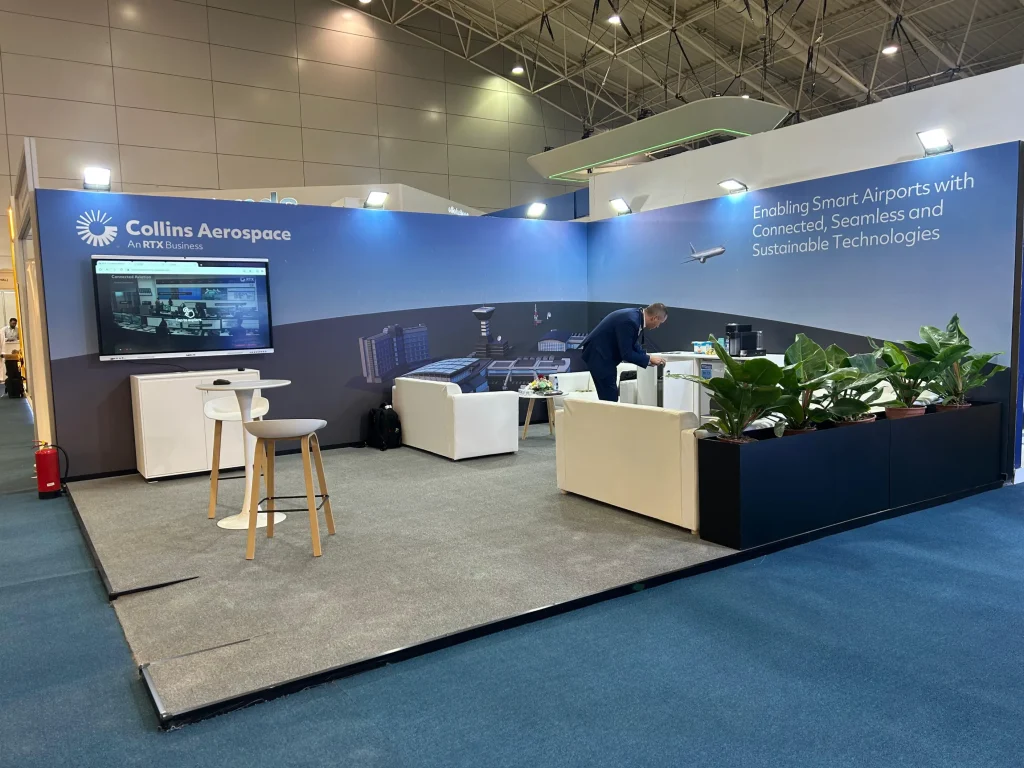
Introduction:
Projection mapping, also known as spatial augmented reality, is a cutting-edge technology that has revolutionized the way we experience visual content. By seamlessly blending digital imagery with real-world objects, projection mapping transforms ordinary surfaces into dynamic and immersive displays.
In this article, we’ll explore the power of projection mapping and how it is reshaping the landscape of experiential marketing, particularly in trade show booth designs.
What is Projection Mapping?
Projection mapping is a technique that uses specialized software and hardware to project digital images onto three-dimensional surfaces, such as walls, buildings, and objects.
Unlike traditional projection systems that simply project images onto flat screens, projection mapping takes into account the shape, texture, and contours of the surface to create stunning visual effects that appear to be integrated seamlessly with the physical environment.
Transforming Walls into Interactive Canvases:
One of the most compelling applications of projection mapping is its ability to transform ordinary walls into interactive canvases that captivate and engage audiences. In trade show booths, projection mapping can be used to create immersive brand experiences that leave a lasting impression on attendees.
By projecting dynamic animations, videos, and graphics onto booth walls, exhibitors can transport visitors to virtual worlds, showcase their products or services in action, and tell compelling brand stories in a visually captivating manner.
Creating Immersive Brand Experiences:
Projection mapping enables exhibitors to create immersive brand experiences that stimulate the senses and evoke emotional responses from attendees. By leveraging the power of light, color, and motion, exhibitors can create dynamic and interactive displays that draw visitors in and encourage them to explore and interact with the booth environment.
Whether it’s projecting a 3D model of a product, creating a virtual tour of a brand’s facilities, or bringing a brand’s logo to life with animated graphics, projection mapping allows exhibitors to unleash their creativity and make a memorable impact on attendees.
Enhancing Engagement and Interactivity:
Projection mapping enhances engagement and interactivity by inviting attendees to become active participants in the booth experience.
By incorporating interactive elements such as touchscreens, motion sensors, and gesture recognition technology, exhibitors can enable visitors to control and manipulate the projected imagery in real-time, creating personalized and interactive experiences that cater to individual preferences and interests.
Whether it’s playing games, exploring digital content, or interacting with virtual characters, projection mapping encourages attendees to engage with the brand on a deeper level and fosters meaningful connections.
Case Studies:
Numerous exhibitors have successfully leveraged projection mapping to create immersive and engaging brand experiences at trade shows. For example let us take a hypothetical situation, Company X, a technology firm, used projection mapping to transform the walls of their booth into a futuristic digital playground. By projecting dynamic animations and interactive games onto the walls, Company X was able to attract and engage attendees of all ages, sparking conversations and generating buzz around their latest products and innovations.
Similarly, Company Y, a fashion retailer, utilized projection mapping to showcase their latest clothing collection in a visually stunning manner. By projecting virtual models wearing the clothing onto the walls of their booth, Company Y was able to create a captivating and immersive fashion show experience that wowed attendees and highlighted the versatility and style of their products.
Conclusion:
In conclusion, projection mapping is a powerful tool that is transforming the way exhibitors engage with audiences at trade show exhibits. By transforming walls into interactive canvases, projection mapping enables exhibitors to create immersive brand experiences that captivate, engage, and inspire attendees.
From showcasing products in action to telling compelling brand stories, projection mapping allows exhibitors to unleash their creativity and make a memorable impact on audiences. As the technology continues to evolve and become more accessible, projection mapping will undoubtedly play an increasingly important role in shaping the future of experiential marketing.


 US
US
 EU
EU


